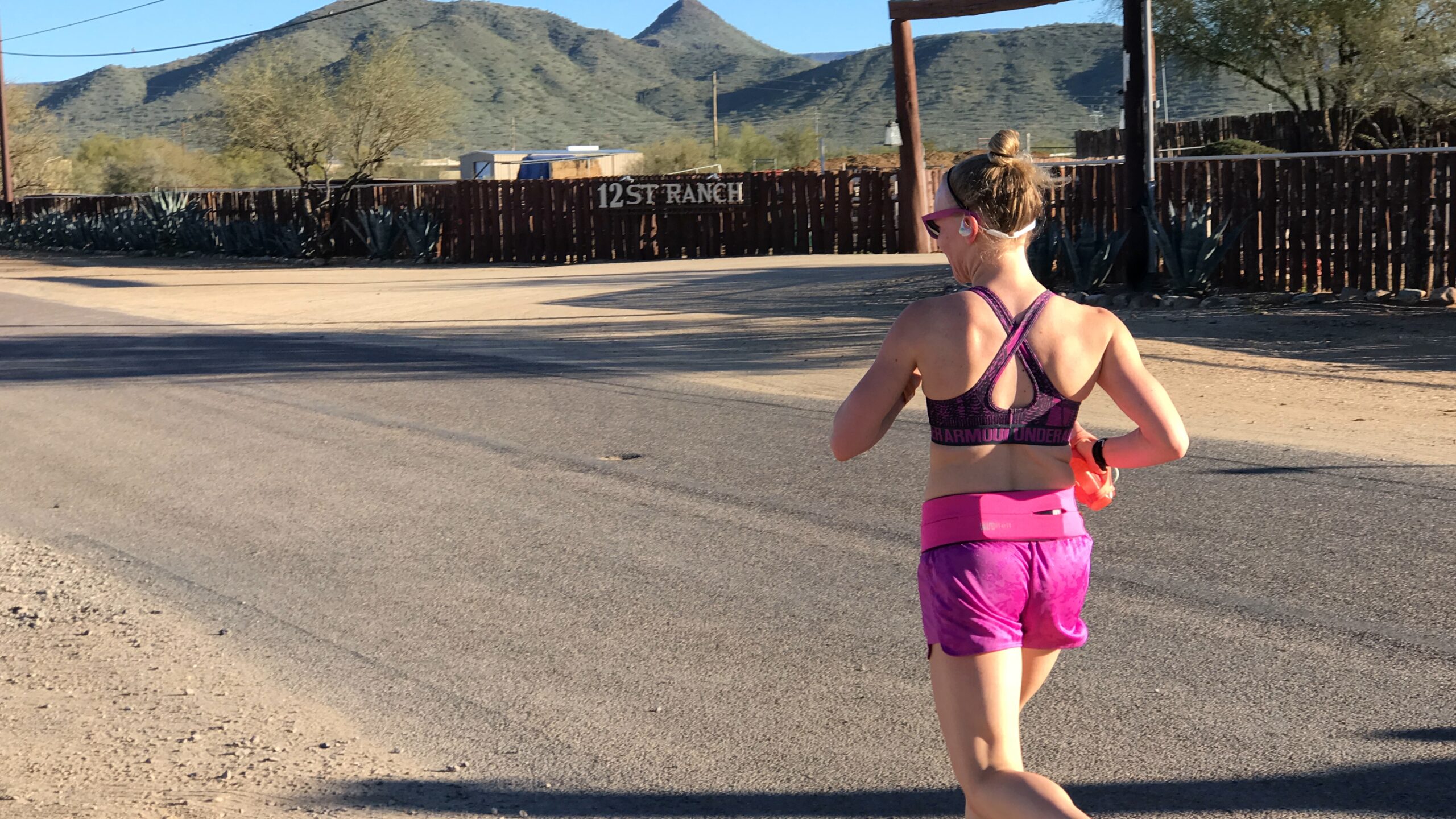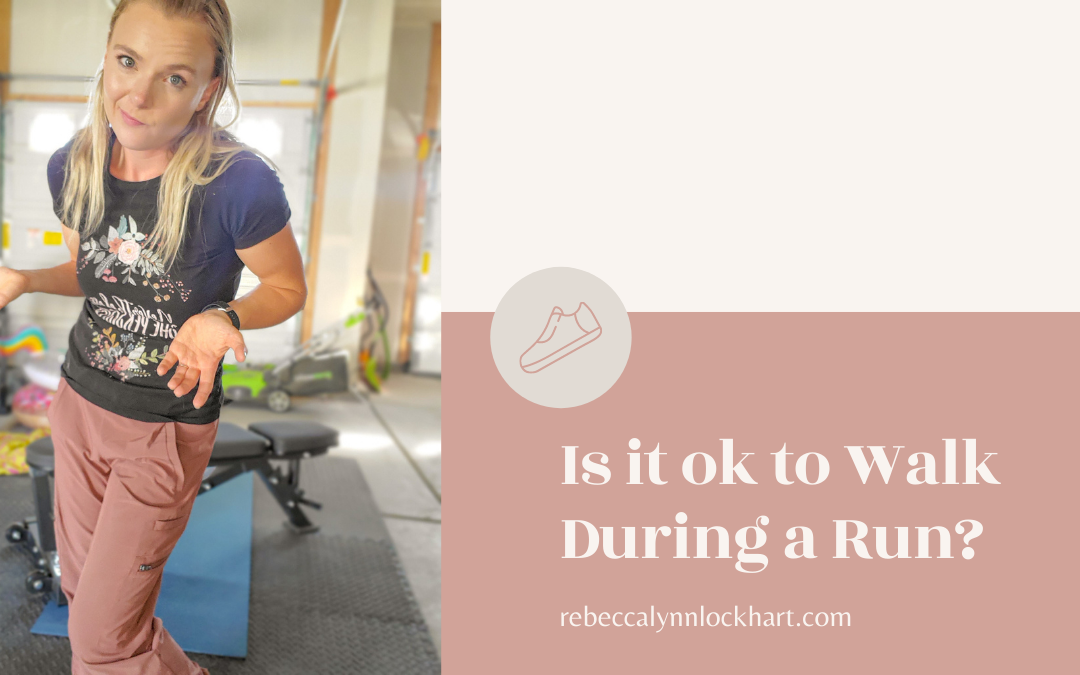We’ve been talking a lot about aerobic base building this month. If you missed the first few posts in this series start with the what and why, get your free training plan, and then go check out what strength exercises are best to compliment your running.
Okay, now that you’re back. One of the things I hear about quite often within the running community is walking. If you walk you’re not a runner. Or if you walk it doesn’t count. I hear people say this to other runners, but I also hear people saying it to themselves. I’ll congratulate a runner on their half marathon and they’ll respond with “thank, but I walked some of it.”
So?
Just because you sometimes walk doesn’t make you less of a runner.
Let’s repeat that.
WALKING DOES NOT MAKE YOU ANY LESS OF A RUNNER.
Now what does this have to do with base building?
Walking During Aerobic Base-Building
As we’ve learned, aerobic base-building requires us to keep our heart rate low (zone 2). And for some people this can be really challenging even when running as slow as they possibly can. So in order to keep the heart rate where we want it, what should we do?
Walk!
It is perfectly acceptable to walk during a run, especially if it means keeping your heart rate in the target zone. Let the heart rate go to high and you’ll enter the sucky gray zone of running that won’t give you any benefit. It’s really important to stay within your target zone 2.
Even as a seasoned runner, I will take walk breaks occasionally in order to keep my heart rate where I need it. And guess what? It doesn’t make me any less of a runner.
Times where I find I need to walk:
- When it’s really hot out
- When it’s really humid
- When it’s extremely cold and I’m not fully warmed up yet
- After a poor nights sleep
- If I’m about to get sick
- On an off day
Remember that there are a LOT of external circumstances that can cause our heart rate to be higher than normal or that make a run feel harder than normal. You could run 90% of your base-building runs with a low heart rate and then one day not be able to keep it in zone 2 no matter how slow you’re running. This is normal!

How to Take a Walk Break
If you notice your heart rate starting to creep up towards zone 3, slow your running pace down. If that doesn’t drop your heart rate, take a walk break: 30 seconds to a minute. Don’t let your heart rate go below zone 2, once it’s come down a bit, you can start running slowly once more.
If you’re a brand new runner, expect to take more walk breaks or if you’re new to base-building expect to take more walk breaks.
How to Run Slow
There is a technique to help make this feel easier. Oftentimes running slow feels so difficult because our form completely breaks down. We start to shuffle along, oftentimes rounding our shoulders forward and having a low cadence.
Cadence: the total number of full cycles taken within a given period of time, often expressed in steps or cycles per minute
We still want a relatively high cadence for efficiency. So focus on taking small, quick steps. Keep your chest up and shoulders back with a slight lean forward at the ankle. If all of a sudden things are feeling hard and your heart rate is spiking, before doing anything do a quick form check. Correct if necessary and see what happens!
Remember: this post is for informational purposes only and may not be the best fit for you and your personal situation. It shall not be construed as medical advice. The information and education provided here is not intended or implied to supplement or replace professional medical treatment, advice, and/or diagnosis. Always check with your own physician or medical professional before trying or implementing any information read here.
Do you take walk breaks during a run?
Sound off in the comments below! And remember – if the answer is yes, it doesn’t make you any less of a runner. Love you. <3

0 Comments